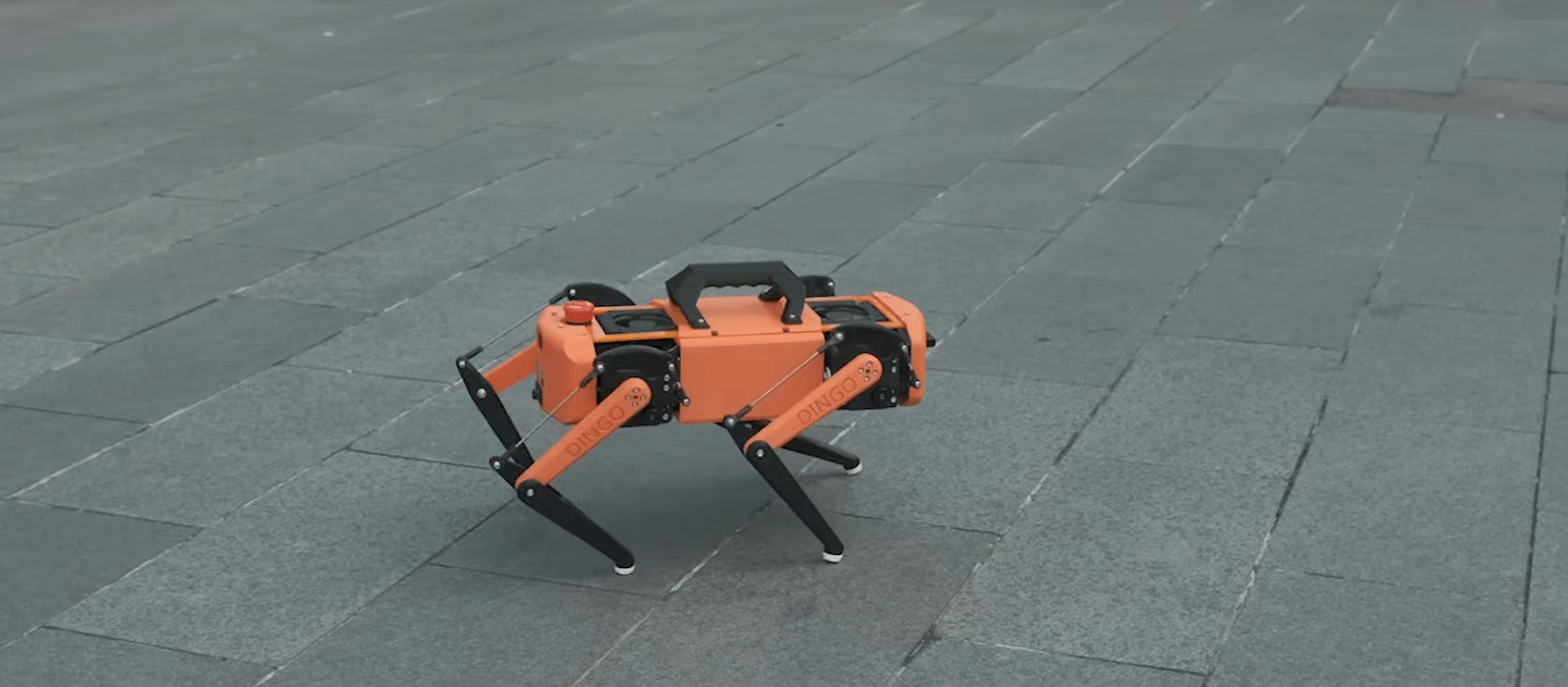Dingo is an impressive low-cost robot quadruped created by Alexander Calvert and Nathan Ferguson, two engineering students from Monash University. Built using the Raspberry Pi single-board computer (SBC), the Dingo aims to provide an affordable research solution with the flexibility to accommodate additional components.
The Dingo exhibits various degrees of locomotion control, allowing users to adjust parameters like pitch, roll, yaw, and speed. It can even crouch and transport lightweight objects. The duo cleverly employs a PlayStation 4 controller for remote operation, drawing inspiration from Stanford’s Quadruped project available on GitHub.

While the overall cost of the robot may discourage some hobbyists, Calvert and Ferguson have created a comprehensive component list totaling over $1,300. However, it is possible to substitute certain parts with more cost-effective alternatives, although performance may be compromised in some areas. The robot’s body can be 3D printed, and its design is open source, allowing anyone to build their own or make modifications using the files available on GrabCAD.
Controlled primarily by the Raspberry Pi 4 B, with additional support from an Arduino Nano, the Dingo features an extensive hardware array, including 12 servos priced at $44.49 each. The total cost for the servos alone amounts to over $530. Detailed information about all the required parts can be found on the project’s GitHub page.
Running on the Ubuntu operating system, the Dingo requires additional tools such as VSCode and ROS Noetic for assembly. Custom Python scripts are used to manage controller input. For a more in-depth understanding of the software aspect of the Dingo’s design, visit the official Dingo Quadruped GitHub page.
Come and let us know your thoughts on our Facebook, Twitter, and LinkedIn pages, and don’t forget to sign up for our weekly additive manufacturing newsletter to get all the latest stories delivered right to your inbox.










